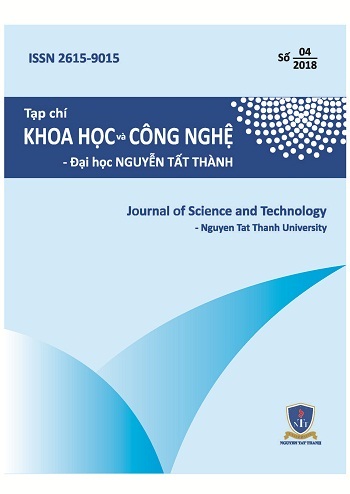Research on synthesis of BiVO4 using thiourea as reducing agent, and their application for the photocatalytic degradation of Methylene blue under visible light irradation
Abstract
In this study, BiVO4 was synthesized successfully through co-precipitation method. Materials were characterized by advanced physical analysis methods, such as XRD, SEM, Raman and UV-Vis DRS. The XRD and Raman results shown that the material was made up of the high monoclinic phase of BiVO4. Thermal processing had an important influence on the morphology and crystallinity of BiVO4: samples were calcined at 400°C and 500°C granular crystals, less than 1μm in size; when the calcined temperature was 600°C, the forming material had granular crystalline form with insignificant granular boundaries and particles were deposited into large plates with openings formed between the particles. The Eg value of BiVO4 samples was in the range of 2.11-2.29eV. The heat treatment can enhance the photocatalytic activity of the BiVO4, the best photocatalytic activity obtained with the calcined at 600°C (about 98.93% MB removed after 240 minutes of lighting). While the BiVO4 sample was synthesised without thiourea and calcined at 600°C, only 85.54% MB was removed.
điểm /
đánh giá
Published
2019-11-29
Issue
Section
KĨ THUẬT - CÔNG NGHỆ

